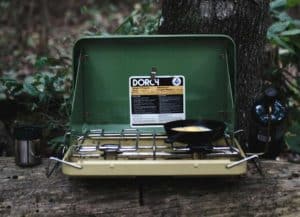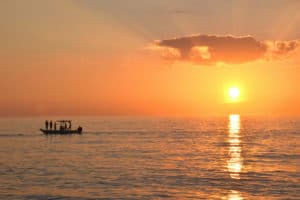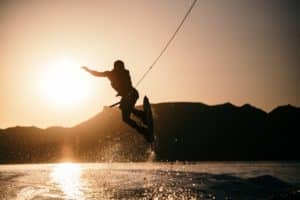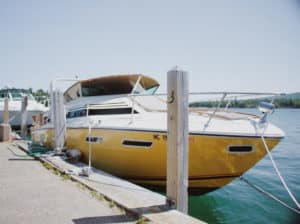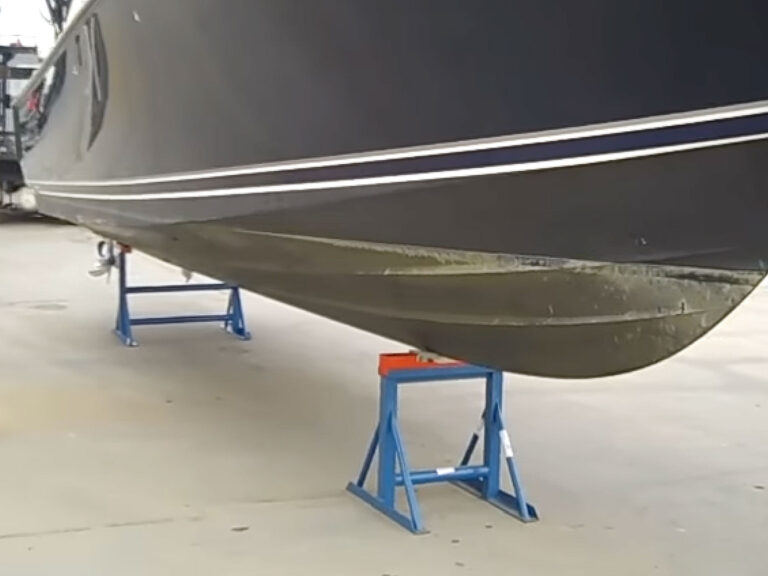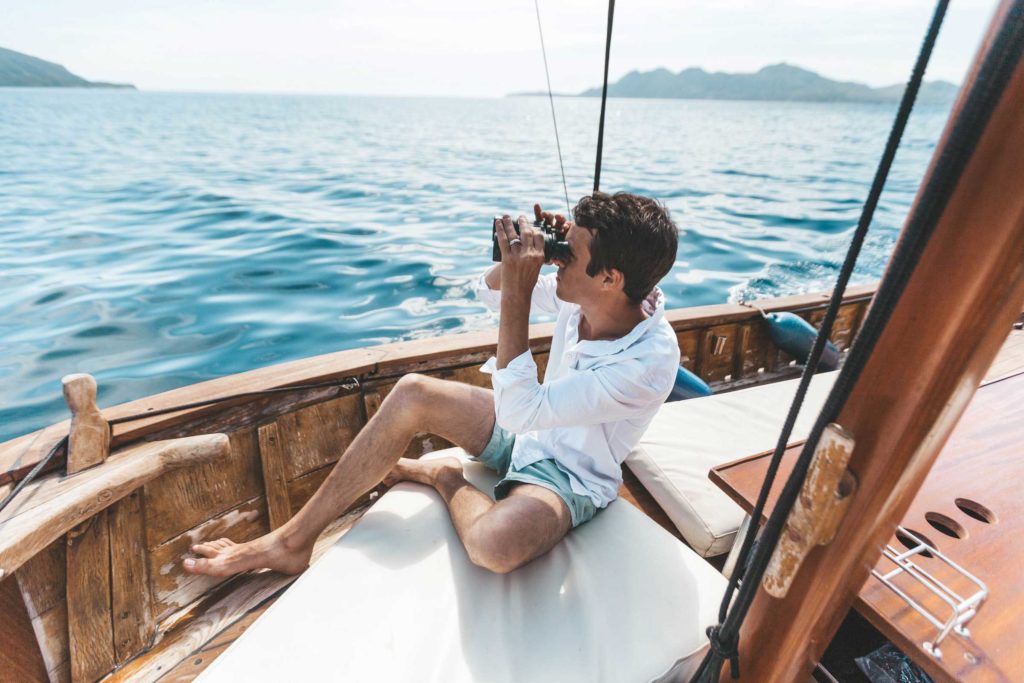
Binoculars come in handy on a boat, whether you’re trying to spot a far-off channel marker, using birds to find where the fish are active, or just trying to find your friends in a crowded cove. The marine environment, however, is uniquely challenging to the performance and lifespan of quality optics. Here’s what to look for to make sure you not only see clearly…but also get the most out of your investment.
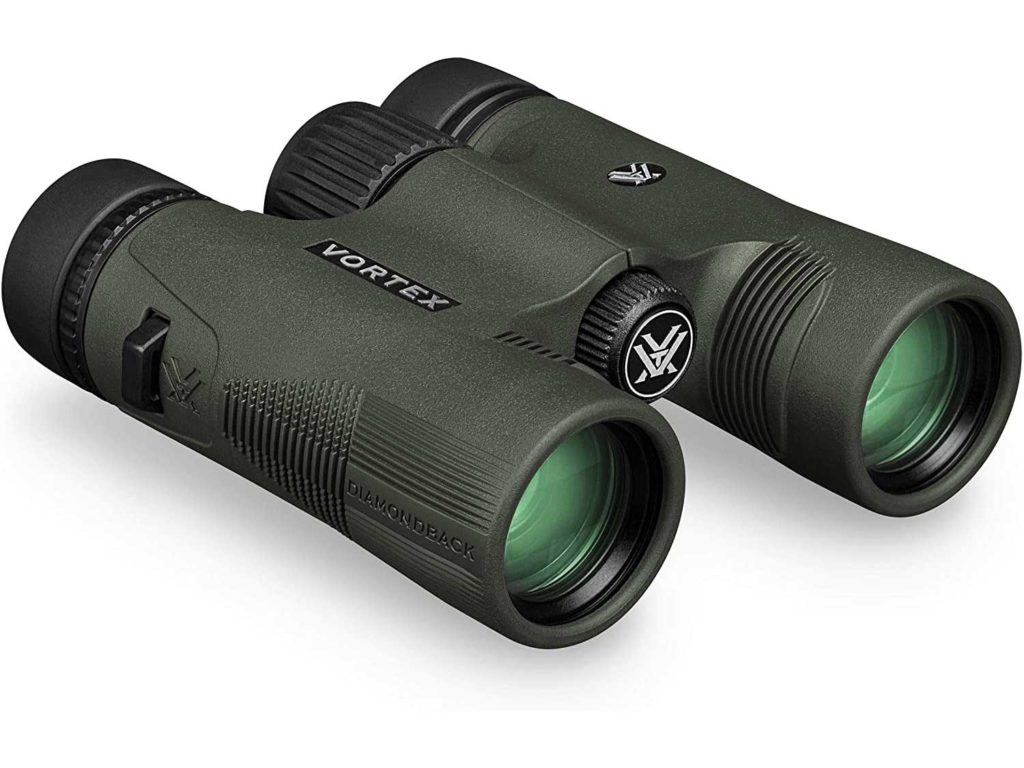
Look at the first number in any binoculars description (ex. 7×50). It describes the level of magnification, or how much closer an object will appear than when viewed with the naked eye. Bigger isn’t necessarily better. Boats are often moving and higher magnifications can make images appear unsteady. Ideal magnification is 7X – 8X.
The second number is the binocular’s objective lens, or diameter measured in millimeters. Larger lenses enable the user to see better by letting in more light, but add to the binocular’s weight. 50mm is a good standard.
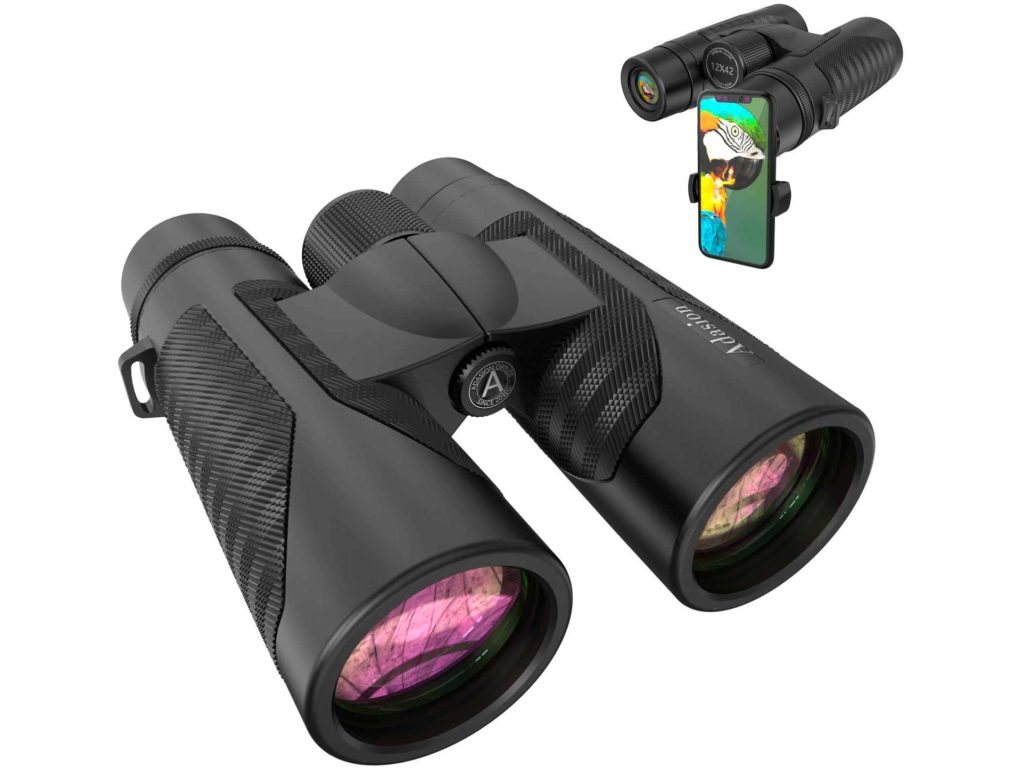
Field of view indicates how wide an area you’re able to see through the binoculars. A wider field of view lets the user track a moving object more easily without having to pan the binoculars from side to side. Field of view is typically between 6 and 7.5 degrees. Measured in feet, quality binoculars view 300-375’ at 1,000 yards.
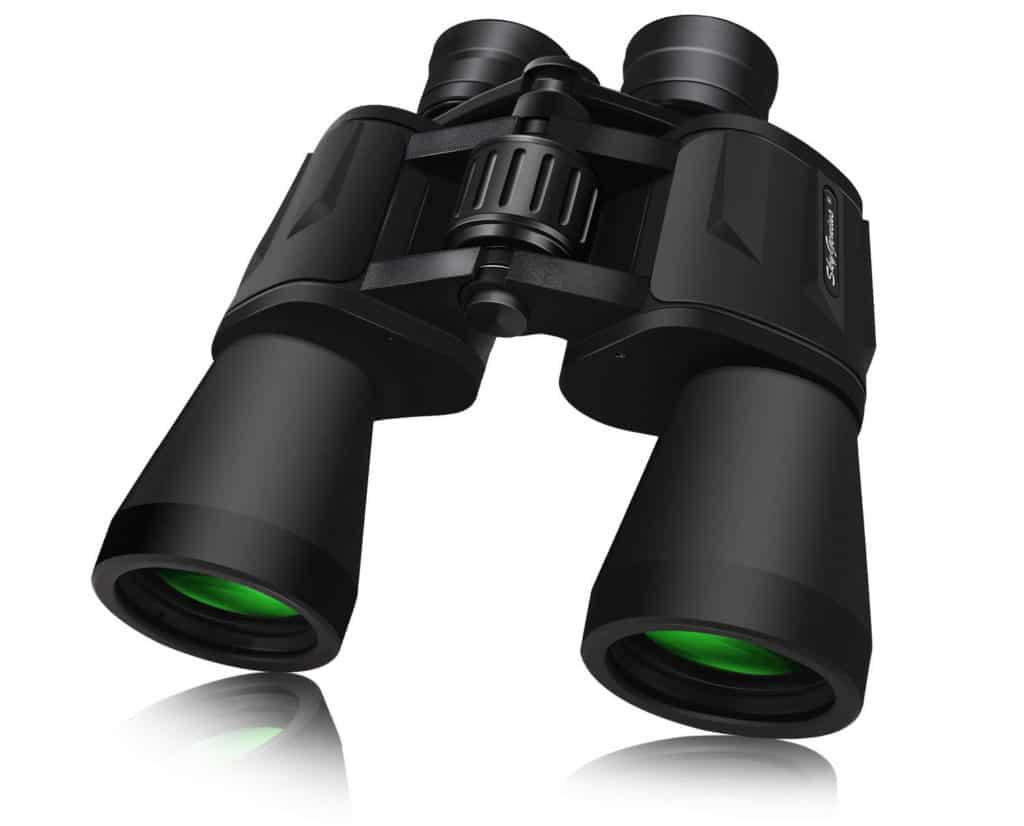
Waterproof construction is a good idea in a boating environment, for more than the obvious reason. But when left in the hot sun, enough internal pressure can be produced in air-filled binoculars to blow a seal. When the binoculars cool, moist air can be drawn in and fog the interior. The solution is to charge or fill O-ring sealed binoculars with nitrogen; it’s a gas that doesn’t expand in relation to temperature changes.
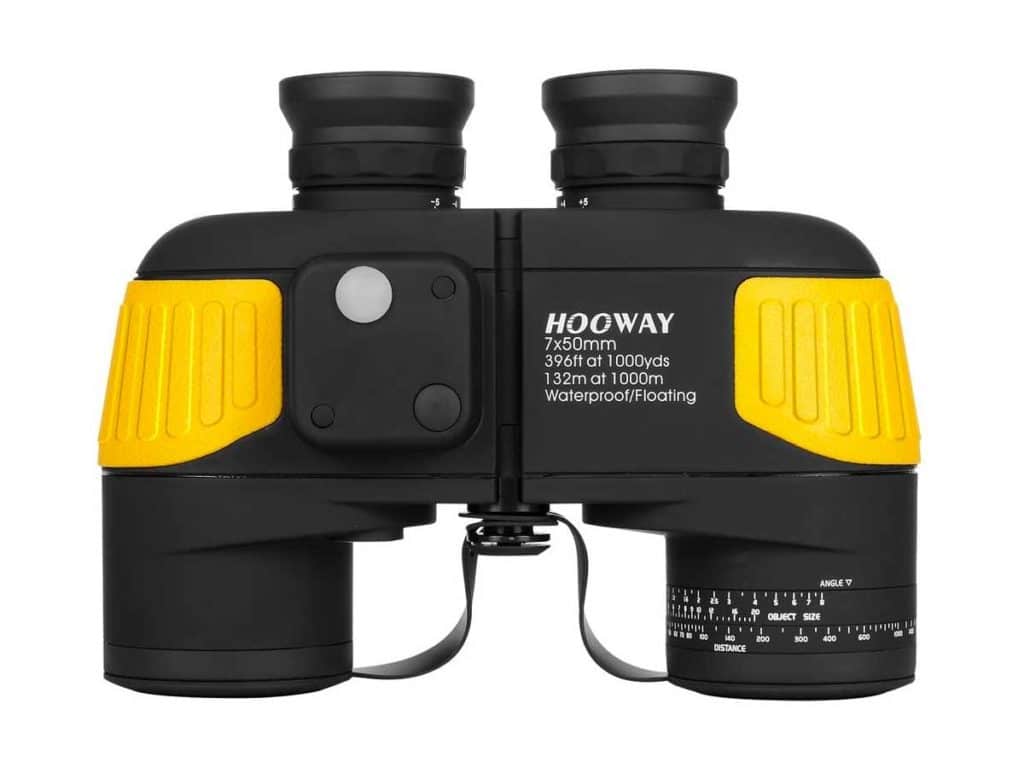
Once you’ve covered magnification and construction, it’s also nice to find binoculars that include extras. Sometimes that’s just a handy carrying kit, but it can also be an integrated rangefinder or compass, or the ability to float.

